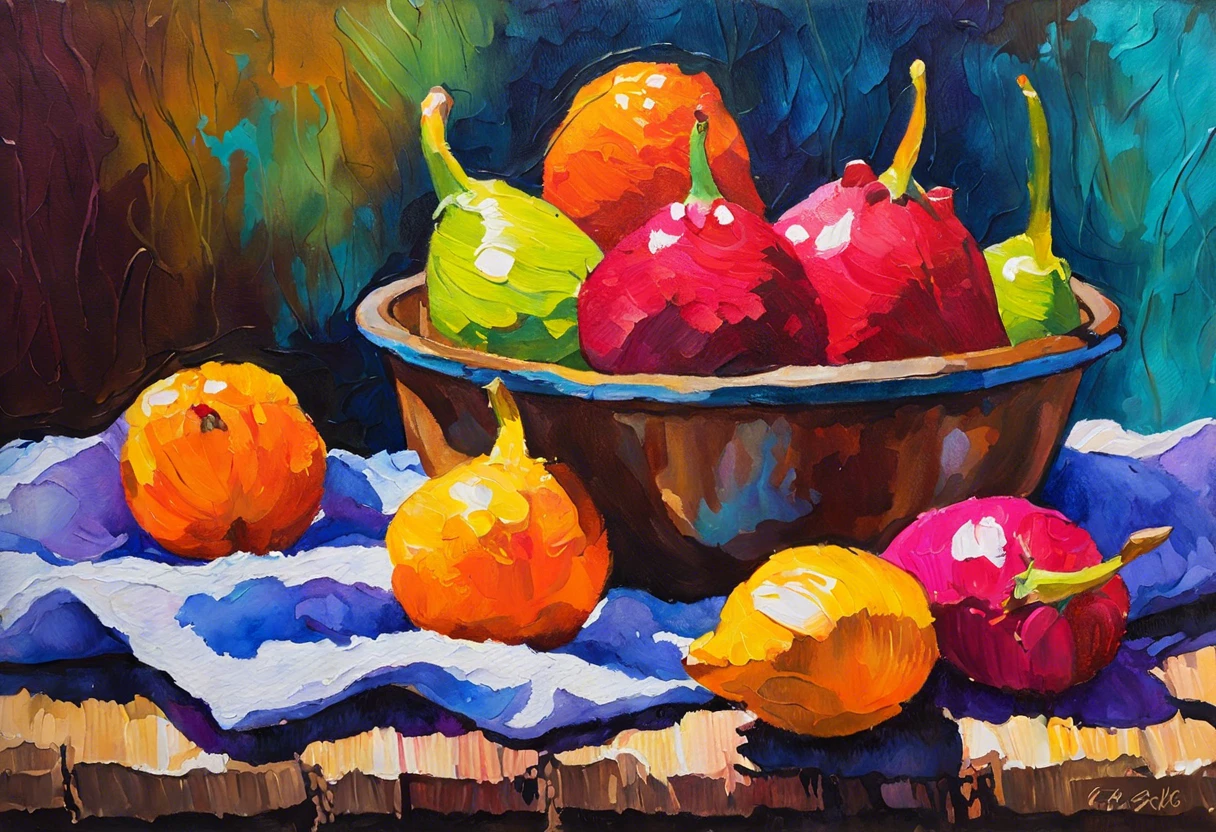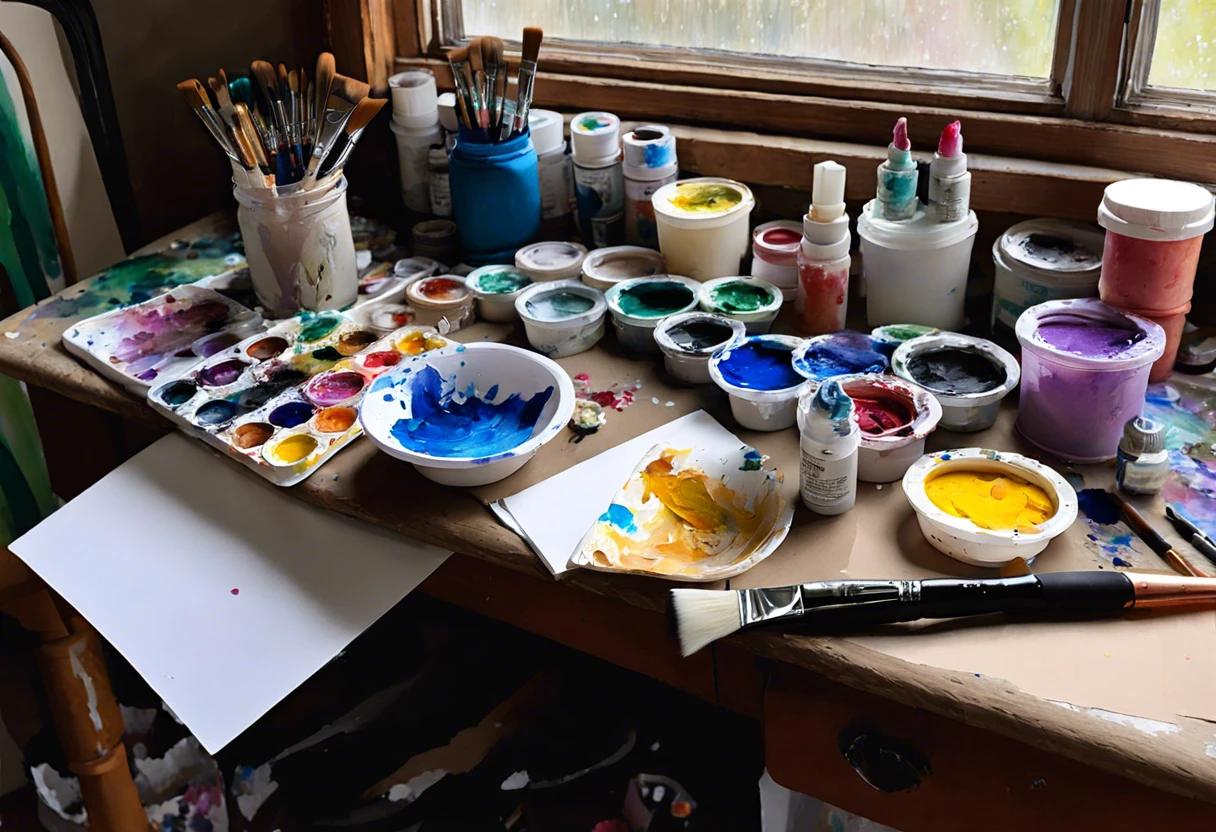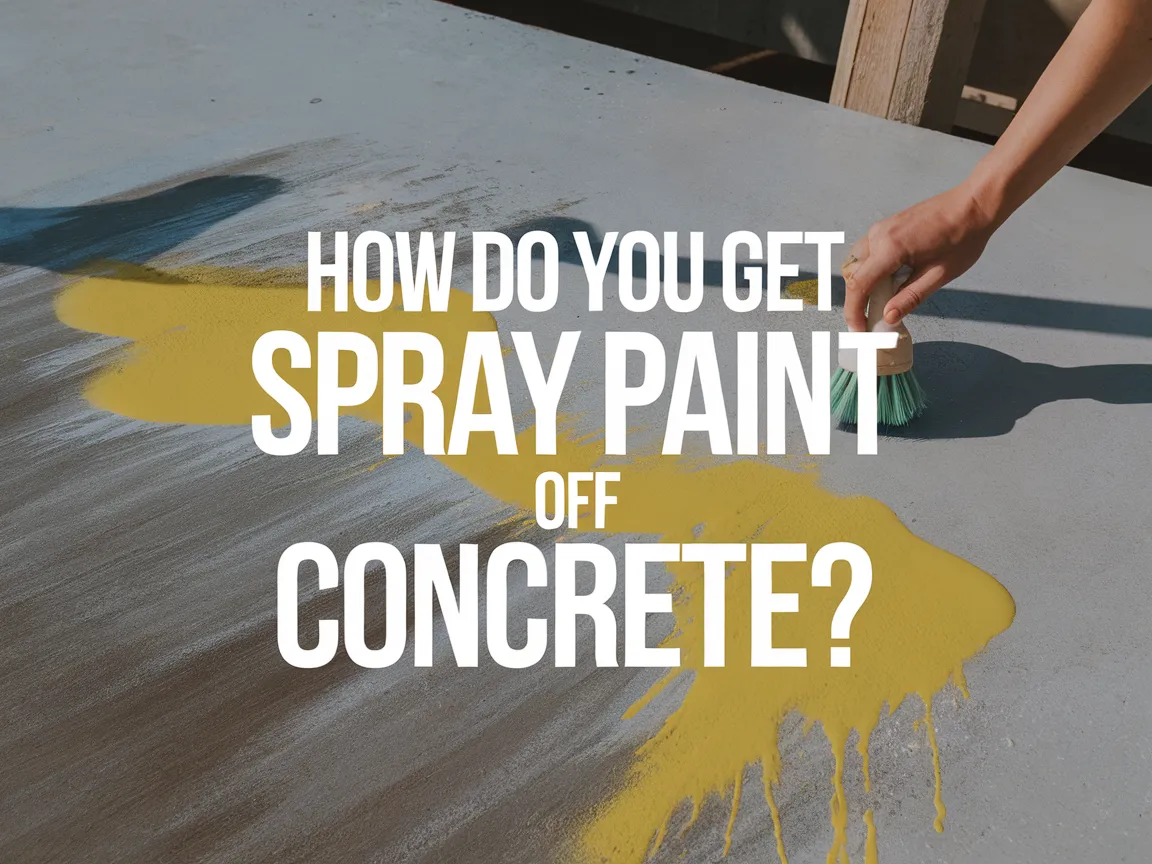Can You Paint Acrylic on Watercolor Paper?
Published on: April 24, 2025 | Last Updated: January 7, 2025
Written By: Alisha Winters
Watercolor paper is a special type of paper, like thick sponge, made to hold lots of water and color. It’s perfect for painting because it soaks up the paint and keeps it from running away!
Many ask, can you paint acrylic on watercolor paper? It’s important to know because you can create amazing art, and I’ve done it myself! Using the right paper makes a big difference in the final look of your artwork.
In this article, you’ll learn about essential preparations, the steps to paint acrylic on watercolor paper, recommended colors, types of suitable paper, factors that affect your painting, common issues, and finishing touches. Plus, you’ll discover creative DIY projects using acrylic on watercolor paper, all while exploring how to preserve watercolor paintings and how to paint watercolor portraits.
Contents
- 1 Can You Paint Acrylic on Watercolor Paper?
- 2 What is Watercolor Paper?
- 3 Essential Preparations Before You Start
- 4 Steps to Successfully Paint Acrylic on Watercolor Paper
- 5 Types Of Watercolor Papers Suitable for Acrylic Painting
- 6 Factors Affecting Acrylic Painting on Watercolor Paper
- 7 Common Issues When Painting Acrylic on Watercolor Paper
- 8 Understanding the Chemistry of Acrylics on Watercolor Paper
- 9 Comparing Acrylics to Other Mediums on Watercolor Paper
- 10 Finishing Touches to Your Acrylic Artwork
- 11 Frequently Asked Questions About Painting Acrylic on Watercolor Paper
- 12 Conclusion
- 13 Useful Resources
Can You Paint Acrylic on Watercolor Paper?
Yes, you can absolutely paint acrylic on watercolor paper. It holds up well to acrylics because of its thickness and texture. Just make sure to let each layer dry completely before adding more. If you’re considering taking on a DIY painting project, painting your own car requires similar careful layering techniques. Enjoy experimenting!
The Finishing Touch
A freshly painted wall is a blank canvas. The best way to bring your room to life is with a single piece of statement art that ties everything together.
Browse Wall Art at Big Wall DecorWhat is Watercolor Paper?
Watercolor paper is specially designed for watercolor painting techniques. It comes in three textures: hot-pressed, cold-pressed, and rough. Each texture offers different absorption levels and artistic effects.
While exploring painting techniques, I experimented with acrylics on watercolor paper. It created a unique blend, adding interesting textures and depth to my artwork.
I also used watercolor paper for blending colors in my portraits. The medium showcased my ability to splatter shades while maintaining their vibrancy. Techniques for preserving my watercolor paintings became crucial once I realized my work needed protection. Learning to remove watercolor paint from the paper was a game-changer too!
Essential Preparations Before You Start
What do you need to ensure a smooth painting process?
- Watercolor Paper: Use high-quality paper, like Arches Cold Press (300 G/m²). It’s essential for handling acrylic without warping.
- Acrylic Paints: Choose brands like Golden or Liquitex. Quality paint prevents cracking and ensures vibrant colors on your watercolor paper.
- Brushes: Get a mix of synthetic brushes, such as Royal & Langnickel. They withstand thicker acrylics without damaging the paper.
- Palette: A ceramic palette, like the Holbein Mixing Palette, is crucial for mixing paints and avoiding contamination.
- Masking Tape: Use professional-grade tape, like FrogTape, to secure edges and prevent paint bleed.
That covers important preparations before you start. Let’s now take a look at the steps for successfully painting acrylic on watercolor paper.
Also See: Can You Paint Clay Pots? Yes, Get Creative!

Steps to Successfully Paint Acrylic on Watercolor Paper
Follow these steps to achieve great results when painting with acrylics on watercolor paper.
The Finishing Touch
A freshly painted wall is a blank canvas. The best way to bring your room to life is with a single piece of statement art that ties everything together.
Browse Wall Art at Big Wall Decor-
Choose the Right Watercolor Paper
Opt for heavier watercolor paper, around 300 gsm (140 Lb), to prevent warping. Thicker paper handles acrylics better than lighter options, ensuring your vibrant colors stay intact.
I recommend using cold-pressed paper for its texture; it holds paint well and adds depth to your artwork. Look for paper free of additives to keep your colors true.
-
Prepare Your Workspace
Set up a clean, well-lit workspace to avoid distractions. Good lighting helps with color matching and lets you spot drips and mistakes quickly.
I learned the hard way that clutter steals focus, so keep only essentials handy. You’ll need a palette, clean brushes, and a water container!
-
Start With a Light Sketch
Lightly sketch your design on the watercolor paper using a pencil or a light, water-soluble pen. Keep your lines subtle to prevent them from bleeding through the paint.
I once made the mistake of pressing too hard and ended up with prominent lines in my final piece. Light sketches keep your artwork clean and allow for erasing if needed.
-
Apply the Acrylic Paint
Apply acrylic paints in thin layers to build depth without overwhelming the paper. Multiple thin coats prevent bubbling and wrinkling, giving you a smooth finish.
Mix colors well on the palette for even coverage. If the paint soaks too much into the paper, quickly blend it with a wet brush for a softer look.
-
Allow for Drying Time
Let each layer dry thoroughly before adding another. Acrylics typically dry within 15–30 minutes, but thicker applications may take longer.
Monitor closely because watercolors don’t bleed into dry acrylic layers. I once rushed this step, resulting in muddy colors. Patience is key!
We have now covered the steps to effectively paint acrylic on watercolor paper. Next, we’ll explore suitable types of watercolor papers for acrylic painting.
Types Of Watercolor Papers Suitable for Acrylic Painting
Let’s review the types. We’ll cover the differences between cold-pressed, hot-pressed, rough, and specially coated paper.
-
Cold-pressed Watercolor Paper
Cold-pressed (Not) has a textured surface that holds layers well. If you want bold acrylics and vivid textures, this paper is ideal!
-
Hot-pressed Watercolor Paper
Hot-pressed (Satin) paper features a smooth surface, perfect for detailed acrylic work. Use it for tight, controlled scenes.
-
Rough Watercolor Paper
Rough paper offers significant texture, creating dynamic brush strokes. This one’s great for expressive styles!
-
Specially Coated Paper
Coated watercolor paper can withstand heavy acrylic washes. Brands often claim these resist curling, making them perfect for large pieces!
Based on my observations and experiences, I prefer cold-pressed watercolor paper. Its texture beautifully enhances acrylic foregrounds and lets colors pop with vibrancy.
We’ve wrapped up the various types of watercolor papers suitable for acrylic painting here. Let us turn our attention to factors affecting acrylic painting on watercolor paper.
Factors Affecting Acrylic Painting on Watercolor Paper
What factors influence your choice to paint with acrylics on watercolor paper?
-
Paper Texture: Texture affects how the paint absorbs and behaves on the surface.
-
Water Resistance: Watercolor paper absorbs moisture differently, impacting drying times and paint flow.
-
Gesso Use: Applying gesso creates a primed surface for better adhesion of acrylics.
-
Color Translucence: Watercolor paper can alter colors by changing reflectivity and saturation.
We’ve wrapped up the factors influencing acrylic painting on watercolor paper. Let us turn our attention to common issues encountered.

Common Issues When Painting Acrylic on Watercolor Paper
When my friend tried painting acrylic on watercolor paper, the paint cracked. This occurs because watercolor paper isn’t designed for heavy acrylic layers. You need 300 gsm (Grams Per Square Meter) or heavier paper to prevent this. If you’re exploring alternative painting techniques, you might find diamond painting techniques interesting for creative expression.
To fix it, use acrylic gel medium to create a flexible base. This enhances adhesion and reduces cracking. It helps your art stay smooth and vibrant!
Understanding the Chemistry of Acrylics on Watercolor Paper
Knowing the chemistry behind acrylics enhances your painting experience. Let’s dig deeper!
Polymer Composition
Acrylic paint is made up of polymer particles suspended in water. Once dry, it forms a flexible film. This film isn’t water-soluble, making it durable and vibrant. The longevity is impressive!
Water Absorption and Retention
Watercolor paper absorbs water differently than canvas. With acrylics, it may not soak in like watercolors do. The paper’s sizing affects this absorption rate. High-sizing papers resist more moisture, benefiting thicker paints. If you’re exploring alternative painting surfaces like 3D printed objects, you might want to discover painting techniques for prints.
The Finishing Touch
A freshly painted wall is a blank canvas. The best way to bring your room to life is with a single piece of statement art that ties everything together.
Browse Wall Art at Big Wall DecorImpact on Color Vibrancy
Did you know that the surface texture can alter the perceived vibrancy of colors? Textured papers make colors appear deeper while smoother surfaces reflect light better, making them look brighter.
Layering Properties
When layering paints, acrylic can adhere to previously dried layers effectively. However, the reactivation of watercolor pigments beneath can create unexpected results. Keep this in mind when working on intricate painting material techniques! If you’re curious about painting techniques for delicate surfaces, painting delicate surfaces requires care.
Comparing Acrylics to Other Mediums on Watercolor Paper
How do acrylics stack up against other mediums? Let’s compare!
| Medium | Adhesion | Layering Ability | Drying Time |
|---|---|---|---|
| Acrylic Paint | Excellent | Good | 15-30 min |
| Watercolor Paint | Good | Poor | Varies (dependent on load) |
| Gouache Paint | Good | Good | 20-40 min |
| Pastel | Poor | Good | N/A |
This table highlights the strengths of acrylics. Their quick drying time and strong adhesion make them versatile on watercolor paper.
Finishing Touches to Your Acrylic Artwork
After applying acrylic to watercolor paper, ensure it’s thoroughly dry. This usually takes 24 hours at room temperature (Around 20°C or 68°F). Keep heat settings low to prevent warping.
Inspect your work for bubbles within the paper’s fibers. Look for uneven texture that may indicate moisture retention. Use products like Arches or Strathmore Watercolor Paper for a solid test comparison.
From one expert to another, take advantage of acrylic’s quick-drying nature by layering images efficiently. Keep thickness between 1-3 mm (0.04-0.12 Inches), avoiding overload on watercolor surfaces.
Frequently Asked Questions About Painting Acrylic on Watercolor Paper
Does Acrylic Paint Damage Watercolor Paper?
No, acrylic paint does not damage watercolor paper when used correctly. Watercolor paper is designed to hold moisture, making it resilient. Acrylics have a strong polymer base that bonds well without soaking through the paper, maintaining its structure for many years.
What Type Of Acrylics Should I Use on Watercolor Paper?
You should use student-grade or heavy body acrylic paints on watercolor paper. Student-grade acrylics are affordable and offer good coverage while heavy body paints provide thick, texture-rich applications. Consider high viscosity for striking depth in your artwork! When selecting the perfect paint for your ceiling, professional painters recommend specific techniques.
Can I Use a Palette Knife With Acrylics on Watercolor Paper?
Yes, using a palette knife with acrylics on watercolor paper is possible. This technique creates unique textures that can’t be achieved with brushes. Experimenting with different pressure levels produces diverse effects, perfect for enhancing your art! If you’re curious about exploring digital animation techniques with similar creative tools, you might want to discover digital painting animation methods.
How Do I Seal Acrylic Paintings on Watercolor Paper?
To seal acrylic paintings on watercolor paper, use a spray acrylic varnish. This protects the paint while maintaining vibrancy. Choose a matte or glossy finish based on your preference. If you’re curious about advanced paint protection techniques like ceramic coating single-stage paint, professional methods can offer additional preservation. A 400 mL can typically costs around $15, ensuring long-lasting art!
How Do I Remove Acrylic Paint From Watercolor Paper?
You can remove acrylic paint from watercolor paper using water and a gentle scrubbing tool. Wet the area and lightly scrub with a soft cloth or sponge to lift the paint. This method works best if you act quickly—before the paint dries and adheres firmly! If you’re curious about color mixing techniques that might help prevent such painting mishaps, check out how to create perfect paint blends.
Conclusion
Thank you for joining us on this exploration of acrylic painting techniques. We’ve discussed everything from the basics of watercolor paper to essential preparation, effective painting steps, color palette recommendations, and tips for avoiding common issues.
So, can you paint acrylic on watercolor paper? Absolutely, but selecting the right type of paper and understanding acrylic’s unique characteristics, such as drying times and water retention, is crucial. If you need further assistance as you navigate this creative journey, feel free to reach out.
For more insights and expert guidance, visit us at Paint Answers, where we’re dedicated to keeping you informed with the latest techniques and tips.
Useful Resources
- Acrylic Painting on Watercolour Paper – Acrylic Painting – DPW Art Talk – A Daily Painting Art Forum
- Do I have to use a canvas for acrylic paint, or can I use watercolour paper? – Quora
- Acrylic Painting on Paper – Discover the Untapped Potential.
Experienced interior designer with 15+ years in transforming spaces, blending artistry with expertise in color and design. Rhode Island School of Design graduate, specializing in restorations and modern makeovers.
Material, Paper









